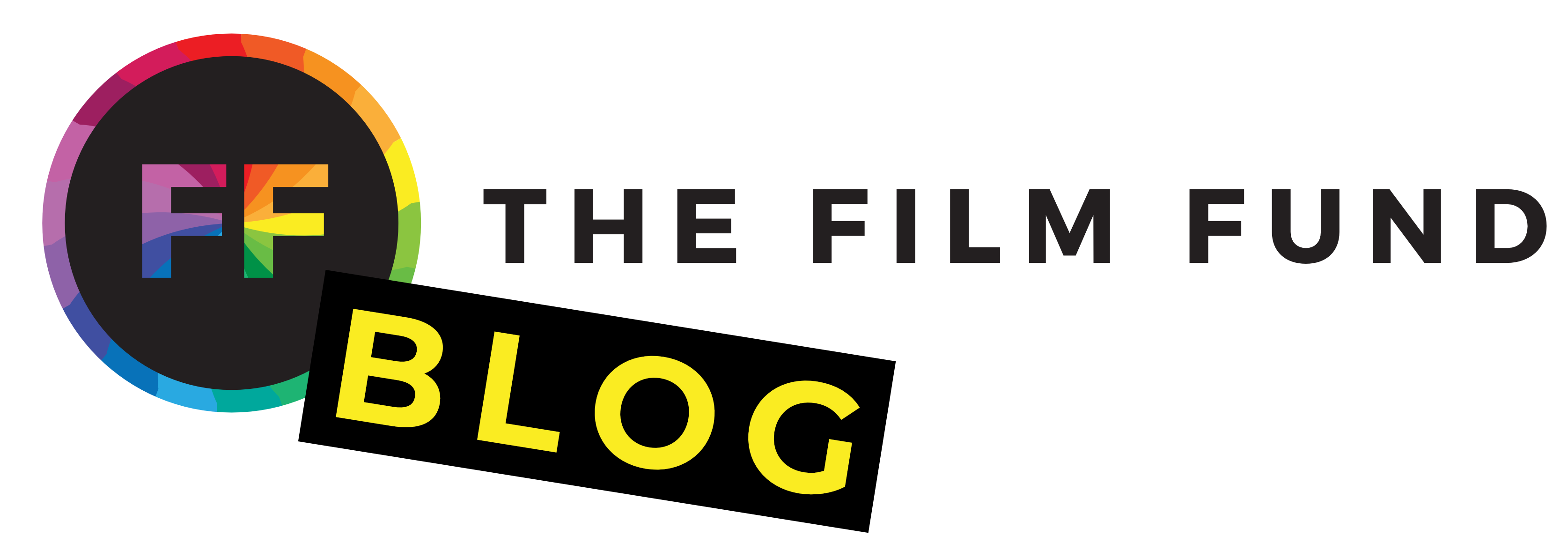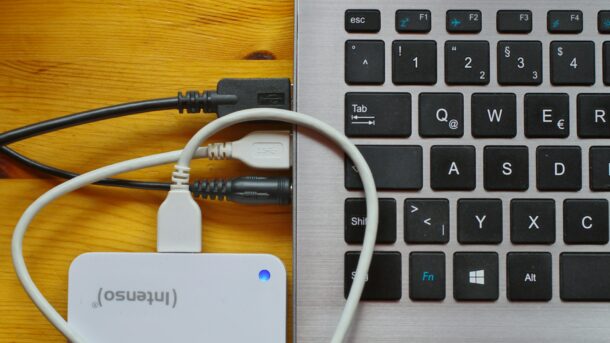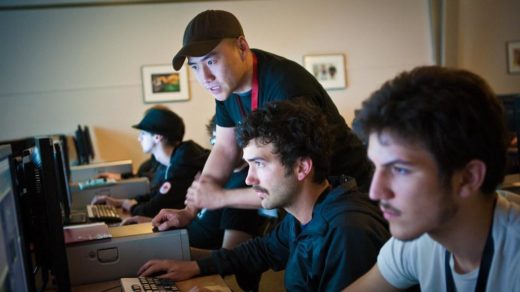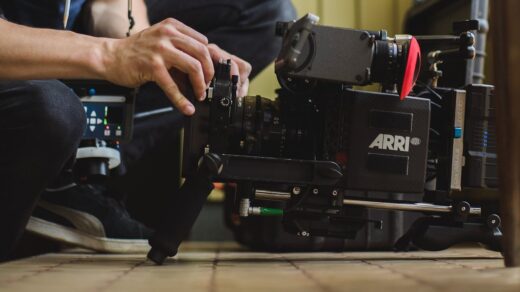As an independent filmmaker, the road to creating compelling stories is filled with challenges, but none are insurmountable with the right approach to maximize efficiency. Balancing a tight budget while maintaining high-quality standards in your productions requires smart, efficient strategies. This article is a brief dive into how you can maximize efficiency in several steps of the filmmaking process, from choosing the right equipment to fostering effective teamwork. We’ll explore practical, cost-effective approaches that can elevate your filmmaking process without breaking the bank.
Streamlining Post-Production: Advanced Editing Techniques and Tools
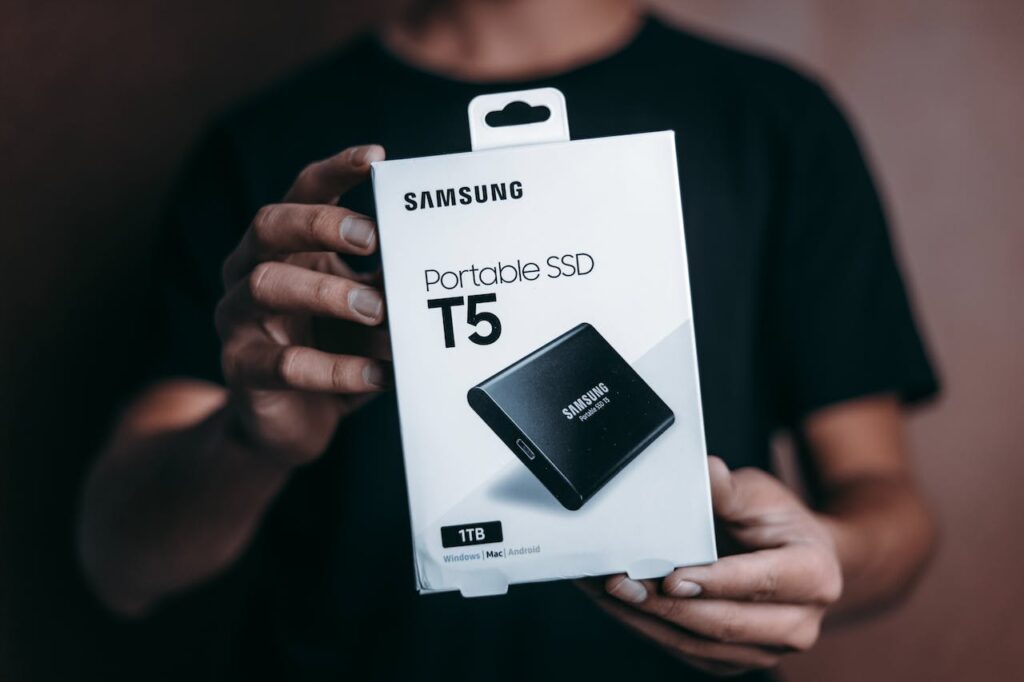
Choosing the Right Storage: HDDs vs SSDs
Every video editor knows that the heart of an efficient editing setup is the hard drive. When deciding between Hard Disk Drives (HDDs) and Solid State Drives (SSDs), there are key differences to consider. HDDs, with their spinning disks, offer a larger storage capacity at a lower price, which is great when you’re dealing with hours of footage. However, SSDs, although more expensive, provide faster transfer speeds and write speeds, essential for editing video. This means less waiting around for files to load and more time being productive, allowing you to maximize efficiency. SSDs also tend to be more durable, an important factor for filmmakers who might be editing in various locations.
Optimizing File Transfers: The Role of USB-C
Now, let’s talk about transfer speeds. Here’s where the USB-C port becomes your best friend. Many of the best external hard drives for video editing now include a USB-C connection, offering much faster transfer speeds compared to older USB versions. This is a big deal when you’re moving gigabytes of video files. It’s not just about speed; it’s about maintaining the flow of your creative process. The faster you can transfer your files from your external drive to your working drive, the quicker you can get to the actual editing.
Managing Your Assets: Capacity and Utility
Managing your video files efficiently is about more than just fast transfer speeds. It’s also about having enough storage space and using it wisely. This is where disk utility tools come in handy. They help you keep track of how much storage space you’re using and ensure your hard drive is functioning optimally. Remember, a cluttered drive can slow down even the best external hard drives. Regularly checking your drive’s health can save you from the headache of slow speeds or, worse, drive failure at a crucial moment in your project.
Balancing Budget and Quality: Cost-Effective Filmmaking Strategies
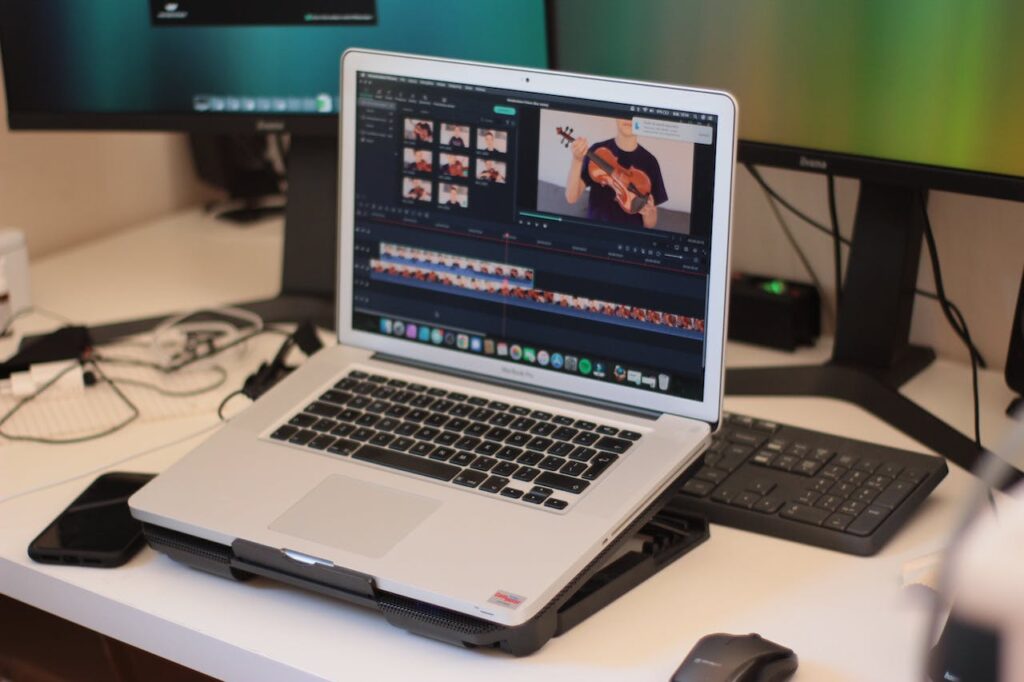
Smart Spending in Equipment Purchase
Making wise investments in equipment is a cornerstone of efficient filmmaking, especially when operating on an indie budget. First, consider the camera – the most pivotal tool in your arsenal. It’s tempting to aim for high-end models, but many mid-range cameras today offer exceptional quality that can meet most of your filmmaking needs. Look for solidly-built cameras that strike a balance between quality, functionality, and price. Pay attention to features like sensor size, low light performance, and the availability of interchangeable lenses.
Lighting is another area where smart spending can make a huge difference. Instead of splurging on expensive lighting kits, explore cost-effective alternatives like LED panels. They are not only more affordable but also offer versatility and portability. With the right diffusion materials and creativity, you can achieve professional lighting effects without the hefty price tag.
Audio equipment should not be overlooked either. Good quality sound is crucial for a successful film, but that doesn’t mean you need the most expensive microphones and recorders. Research and find equipment that offers the best quality within your budget. Sometimes, renting high-quality audio equipment for specific shooting days can be more economical than purchasing.
Efficient Use of Editing Software
When it comes to editing software, it’s not always necessary to go for the premium versions. Many video editors provide free or more affordable versions that cater to most needs of an independent filmmaker. The key is to understand your specific editing needs. This could mean opting for software that offers efficient haze vs fog effects or one that provides faster rendering speeds. Also, keep an eye out for bundle deals or educational discounts, which can significantly reduce costs.
Cost-Saving Workflow Techniques
Finally, your workflow can have a big impact on your budget. Efficient organization of your files and projects can save hours of work (and therefore money). This means organizing your footage and assets on your hard drive or external drives in a way that makes them easily accessible and reduces the time spent searching for files. Additionally, backing up your work consistently can prevent costly losses of data. Remember, a little extra time spent organizing and backing up can save a lot of money in potential lost work.
Harnessing the Power of Collaboration

Choosing the Right Collaborators
Building a solid team is crucial to maximize efficiency while filmmaking. This doesn’t just mean hiring the most experienced people you can find; it’s about finding individuals who share your vision and work ethic. Look for team members who bring not only their technical skills but also a collaborative spirit. For example, a video editor who is not only skilled in video editing but also brings fresh ideas and is willing to experiment can be more valuable than someone with advanced skills but a rigid working style.
Effective Communication and Division of Labor
Clear communication is the foundation of an effective team. It’s essential to establish clear communication channels, whether through regular meetings or collaborative software, ensuring everyone is on the same page. Additionally, a clear division of labor, where each team member knows their role and responsibilities, can significantly improve efficiency. This means that the video editor focuses on editing video, the sound designer on audio elements, and so on, allowing each person to specialize and excel in their area.
Leveraging Collaborative Tools and Resources
Lastly, make the most of collaborative tools and resources. There are various online platforms and software that allow team members to work together seamlessly, regardless of their physical location. These tools can facilitate project management, file sharing, and real-time feedback, making the collaborative process more efficient and productive. Utilizing these resources can help in maintaining the same speed and quality of work, even when team members are not physically together.
Final Thoughts
The ability to maximize efficiency in independent filmmaking isn’t just about cutting costs or saving time. It’s a holistic approach that encompasses smart decision-making in equipment selection, software use, workflow optimization, and building a strong, communicative team. Each aspect plays a crucial role in enhancing the overall productivity and quality of your projects. By adopting these strategies, you can navigate the complexities of filmmaking with more confidence and less stress, ultimately leading to more compelling and successful film projects. Remember, maximizing efficiency in filmmaking is not a destination but a continuous process of learning and adapting, and these tips are just the beginning.
And if you’re still looking to put together the funds for your short film, submit an entry to our film funding contest! Winners could receive up to $10,000 in funding for their short narrative or documentary film. To enter, you’ll need to send us one sentence explaining the premise of your short film. No need to send us an entire script. Head to the entry page and send us your entry now!
